Bite-size science to help you keep up with the latest breakthroughs.
Bite-size science to help you keep up with the latest breakthroughs.
Science is full of acronyms, terms, and phrases that can confound anyone, even people who do this for a living! In these videos, you'll learn about bite-sized science topics and learn quick definitions that are easy to remember. We are constantly adding new ones, so bookmark this page!

Discover how mouse models are revolutionizing biomedical research. Learn how genetically engineered mice help us understand human diseases like Alzheimer’s, diabetes, and cancer, bringing us closer to clinical breakthroughs. Explore bite-sized science with "Minute to Understanding" videos.
View more
Humans are very genetically diverse, so how can we model those differences in mice to find better treatments for disease?
View more
Explore how PDX mouse models (patient-derived xenograft models) enable personalized medicine by testing treatments on human tumor tissues. Discover breakthroughs in cancer research and precision medicine with Jackson Laboratory's bite-sized science videos.
View more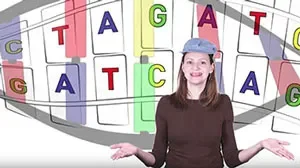
Learn the basics of DNA, genes, and genomes with Jackson Laboratory's "DNA 101" video. Understand the building blocks of life, from base pairs to chromosomes, in this bite-sized science explanation.
View more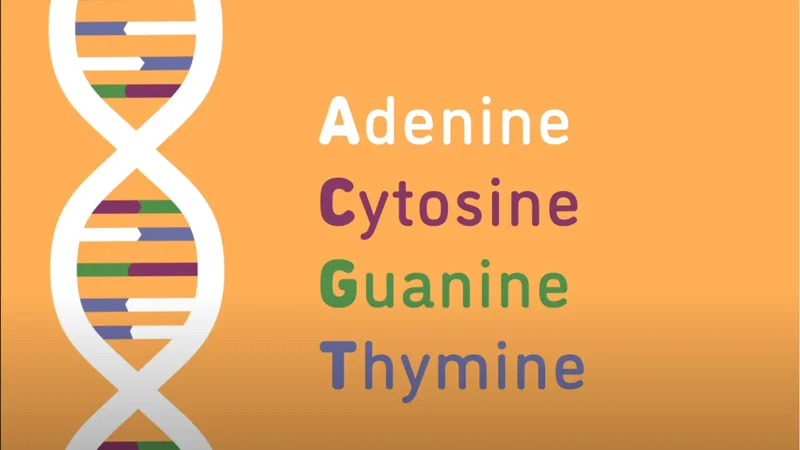
Discover what DNA is and how it serves as the genetic instruction manual for life. Learn how DNA sequences determine traits and pass heritable information from one generation to the next.
View more
Discover the role of chromosomes in cell division and genetic data storage. Learn how these DNA-packed structures enable proper cell function and ensure life’s continuity.
View more
Explore DNA variants and discover how mutations during DNA replication make each organism unique. Learn about their role in genetic variation and their potential impact on life.
Learn more
Explore bite-sized science with Minute to Understanding. Quick, easy-to-remember videos simplify complex scientific terms and breakthroughs. Perfect for staying informed on the latest advancements.
View more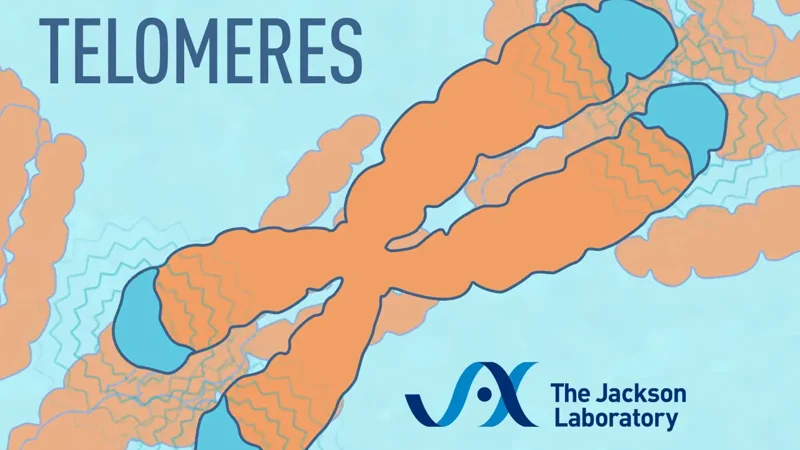
What are telomeres? Telomeres are structures made from DNA sequences and proteins found at the ends of chromosomes. They cap and protect the end of a chromosome like the end of a shoelace.
View more
Every person in the world is different. We all have physical characteristics and quirks that make us unique. But what, biologically, makes us who we are?
View more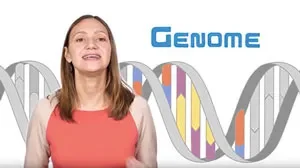
The difference between genetics and genomics is not just the letter "O."
View more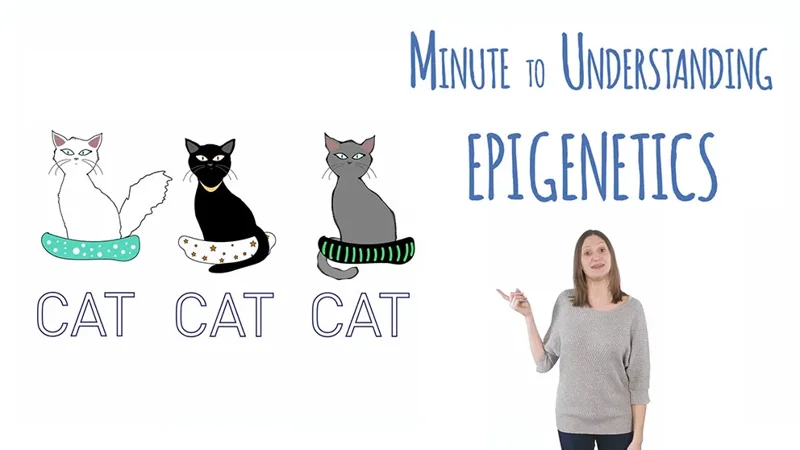
Learn how epigenetic changes can affect an individual — without physically changing their DNA sequence.
View more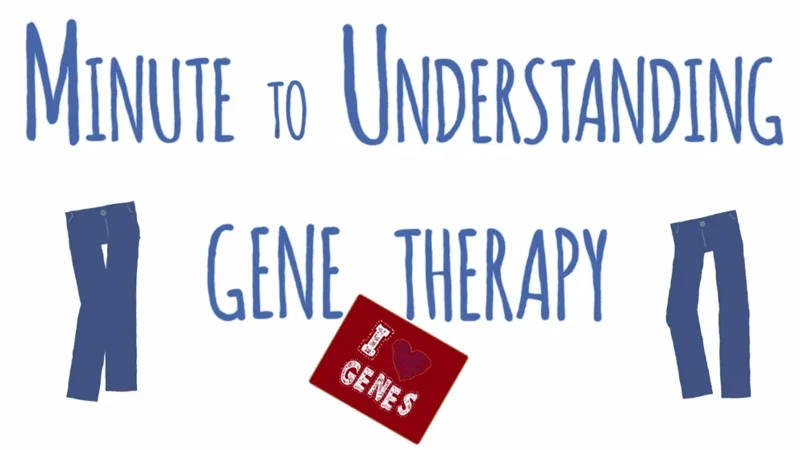
Mutations in our genes can cause life-threatening diseases, and sometimes there is no drug or surgery available for your doctor to prescribe. Enter gene therapy.
View more
Discover what genetic resilience is and how our genetic makeup can protect us from disease in this Minute to Understanding from The Jackson Laboratory!
View more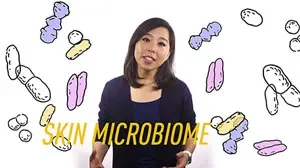
The trillions of bacteria, fungi and viruses that live on the skin all over our bodies is part of the microbiome.
View more
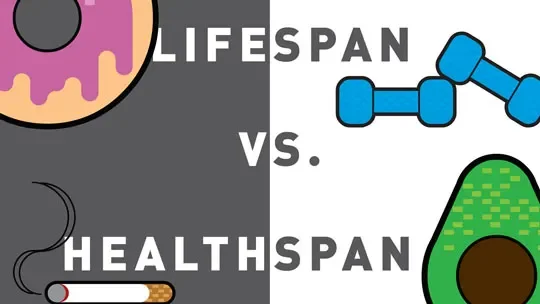
We all want to live long lives, but not at the expense of our health!
View more
Endometriosis is a fairly common gynecological condition that affects 200 million people with uteruses worldwide. So what is this condition, exactly, and what can be done about it?
View more